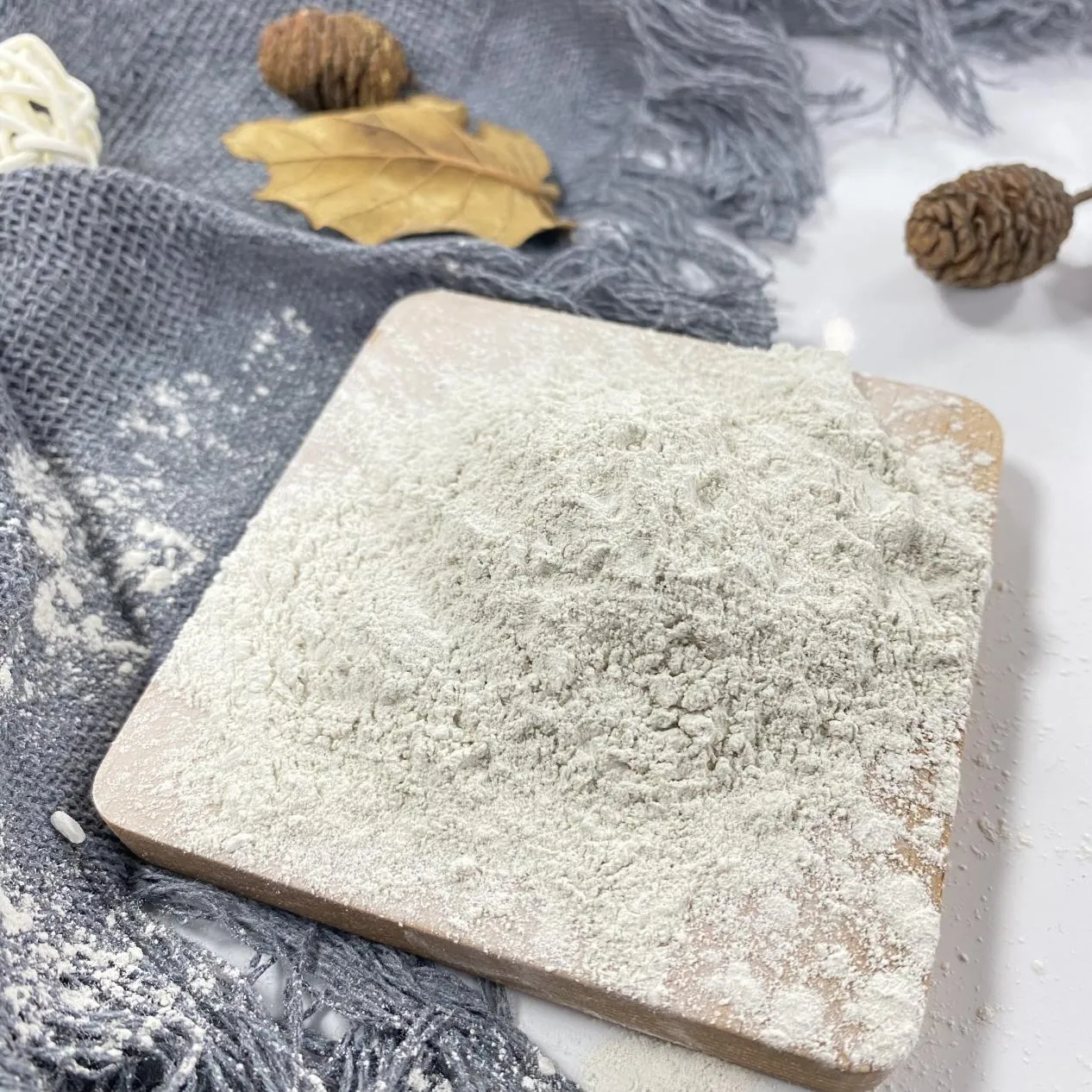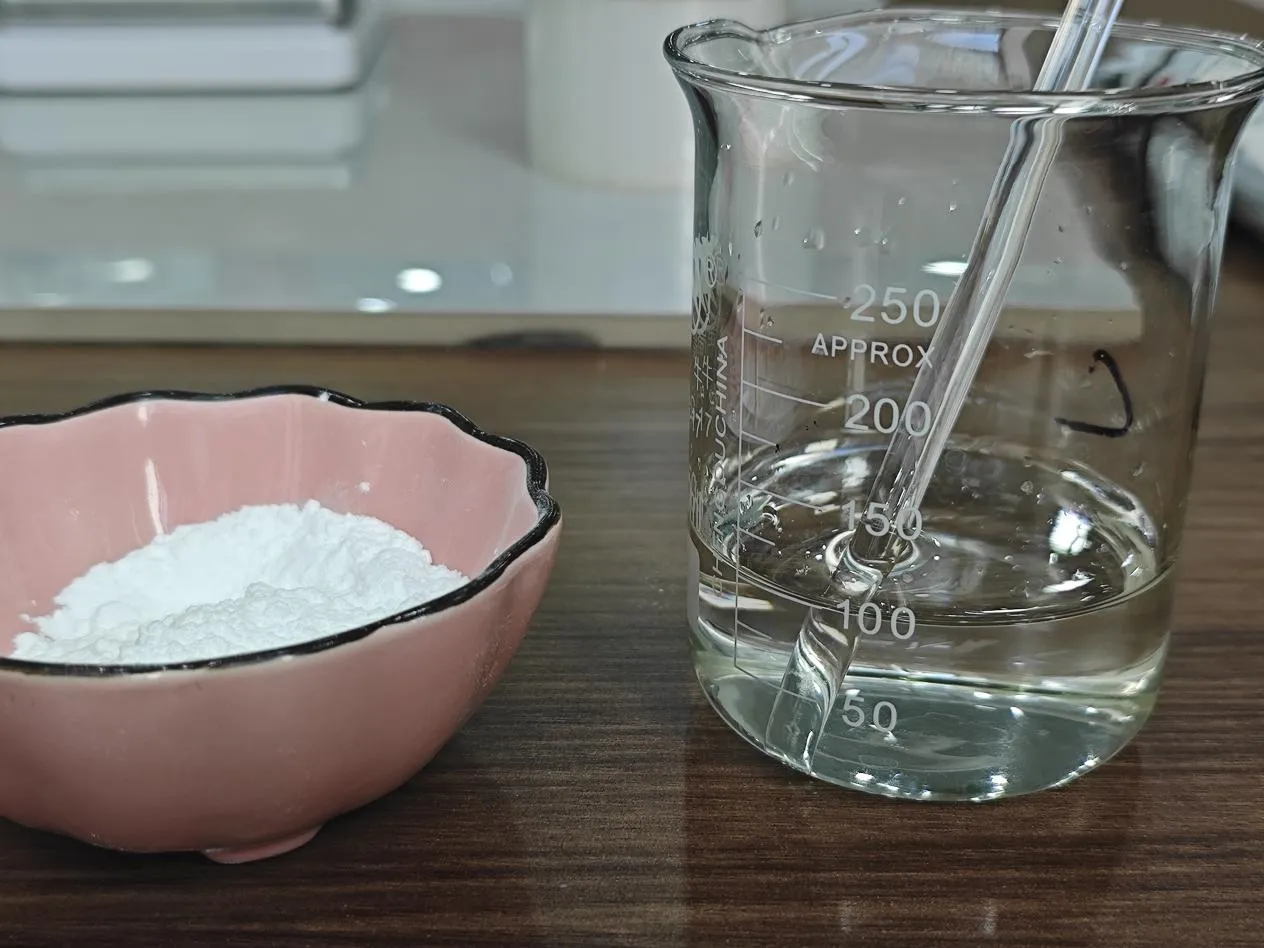
Understanding Wholesale Gypsum Set Retarder XYSJN1 and Anti Foaming Solutions for Industrial Applications
In many industries, production processes rely on precise control of material properties. Two key elements that can significantly affect manufacturing efficiency are gypsum retarders и anti foaming solutions. Whether you are sourcing wholesale gypsum set retarder XYSJN1 for construction materials or exploring the best natural anti foaming agent for food and pharmaceutical use, knowing the science behind these products can improve quality, efficiency, and profitability.
This article will discuss the uses of gypsum set retarders, different types of anti foaming chemicals, examples of antifoaming agents, and their applications in multiple industries.

1. Wholesale Gypsum Set Retarder XYSJN1 and Its Applications
Wholesale gypsum set retarder XYSJN1 is widely used in the building materials industry to control the setting time of gypsum-based products. In construction and manufacturing, controlling the hardening rate is essential to ensure proper shaping, molding, and finishing.
Gypsum Retarder Applications
Gypsum retarders are additives that slow down the setting process of gypsum plaster or boards. Common gypsum retarder applications include:
Gypsum board production – Ensures uniform curing and better handling during cutting and installation.
Plaster manufacturing – Gives more working time for manual or machine application.
Mold casting – Prevents premature setting, enabling detailed decorative work.
Cement modification – Improves workability in special formulations.
The XYSJN1 variant is known for its stability, consistent performance, and compatibility with various gypsum sources. It helps manufacturers maintain quality control, especially in large-scale production where even small timing differences can affect output.

2. Understanding Anti Foaming Agents and Their Industrial Role
Foam is a common issue in many liquid-based processes, from chemical production to pharmaceuticals, food processing, and cooling systems. Excess foam can trap air, reduce efficiency, and cause product contamination. This is where defoaming agents и antifoaming chemicals play a vital role.
Anti Foaming Agent Uses
The main anti foaming agent uses are:
Preventing foam formation in manufacturing processes.
Breaking down existing foam to maintain liquid flow.
Improving heat transfer in cooling systems.
Ensuring product purity in pharmaceuticals and beverages.
Antifoam and defoamer are often terms used together. An antifoam prevents foam from forming, while a defoamer eliminates existing foam. Many modern products act as both.
Types of Anti Foaming Chemicals
There are multiple antifoaming chemicals available, each with unique benefits:
Natural Anti Foaming Agent – Plant-based oils, lecithin, and waxes. These natural antifoaming agents и natural defoaming agents are biodegradable, safe, and suitable for sensitive applications like food or pharmaceuticals.
Chemical Antifoam Agent – Synthetic compounds such as silicone-based products and polyethers. These chemical antifoam agents are highly efficient and widely used in industrial processing.
Water-Based Antifoaming Chemicals – Suitable for systems requiring easy cleaning and minimal residue.
3. Examples of Anti Foaming Agent Types and Applications
The following antifoaming agents list provides an overview of commonly used solutions:
|
Category |
Examples of Anti Foaming Agent |
Applications |
|
Silicone-based |
Polydimethylsiloxane (PDMS) |
Wastewater treatment, coatings, adhesives |
|
Natural-based |
Sunflower oil, soybean oil, lecithin |
Food processing, pharmaceuticals |
|
Mineral oil-based |
Mineral oil + wax |
Paper manufacturing, textile finishing |
|
Polyether-based |
Polypropylene glycol (PPG) |
Fermentation, detergents |
|
Specialized industrial |
Anti foaming agent for coolant |
Automotive cooling systems, industrial chillers |
|
Pharmaceutical-grade |
Anti foaming agent pharmaceutical |
Tablet coating, fermentation, liquid medicines |
These examples of antifoaming agents show that selection depends on industry needs, environmental regulations, and processing conditions.
For instance:
In cooling systems, an anti foaming agent for coolant ensures optimal heat exchange.
In medicine manufacturing, an пеногаситель фармацевтический prevents foam from contaminating batches during mixing or fermentation.
In food processing, a natural anti foaming agent ensures compliance with safety standards while maintaining taste and appearance.
Conclusion: Optimizing Industrial Performance with Gypsum Retarders and Anti Foaming Solutions
From wholesale gypsum set retarder XYSJN1 to natural antifoaming agents, each additive serves a crucial role in industrial efficiency. Gypsum retarders provide precise control over material setting times, improving product quality in construction and decorative applications. Meanwhile, defoaming agents и antifoaming chemicals ensure smooth, foam-free operations across industries as diverse as pharmaceuticals, automotive, and food processing.
Understanding examples of anti foaming agent types and their uses allows businesses to select the right solution for their processes, balancing efficiency, safety, and cost. Whether you need a chemical antifoam agent for heavy industry or a natural defoaming agent for sensitive applications, choosing the correct formulation is key to maintaining high-quality output.
FAQ – Gypsum Retarders and Anti Foaming Agents
What are the main gypsum retarder applications?
Gypsum retarder applicationsinclude gypsum board manufacturing, plaster production, mold casting, and cement modification, all of which require controlled setting times for better workability.
What is a natural anti foaming agent and where is it used?
A natural anti foaming agentis derived from plant oils or waxes. Natural antifoaming agents are used in food processing, pharmaceuticals, and beverages to prevent foam without harmful residues.
What are examples of anti foaming agents in industry?
Common examples of anti foaming agenttypes include silicone-based PDMS, mineral oil blends, lecithin, and polyethers. Each is chosen based on the industry’s foam control requirements.
Where is an anti foaming agent for coolant applied?
An anti foaming agent for coolantis used in automotive engines and industrial chillers to prevent foam, ensuring efficient heat transfer and preventing equipment damage.
What is the difference between antifoam and defoamer?
Antifoam and defoamerare related but different: antifoam prevents foam formation, while defoamer removes foam that has already formed. Many modern products combine both functions for efficiency.
-
Hydroxypropyl Starch as a Sustainable Construction AdditiveNewsNov.24,2025
-
The Gelation Properties of CMCNewsNov.21,2025
-
Redispersible Latex Powder and Water Retention CapacityNewsNov.21,2025
-
Dosage Control for Polycarboxylate Water ReducerNewsNov.21,2025
-
Film-Forming Properties of Polyvinyl AlcoholNewsNov.21,2025
-
The Function of Gypsum Additives in MortarNewsNov.21,2025





















